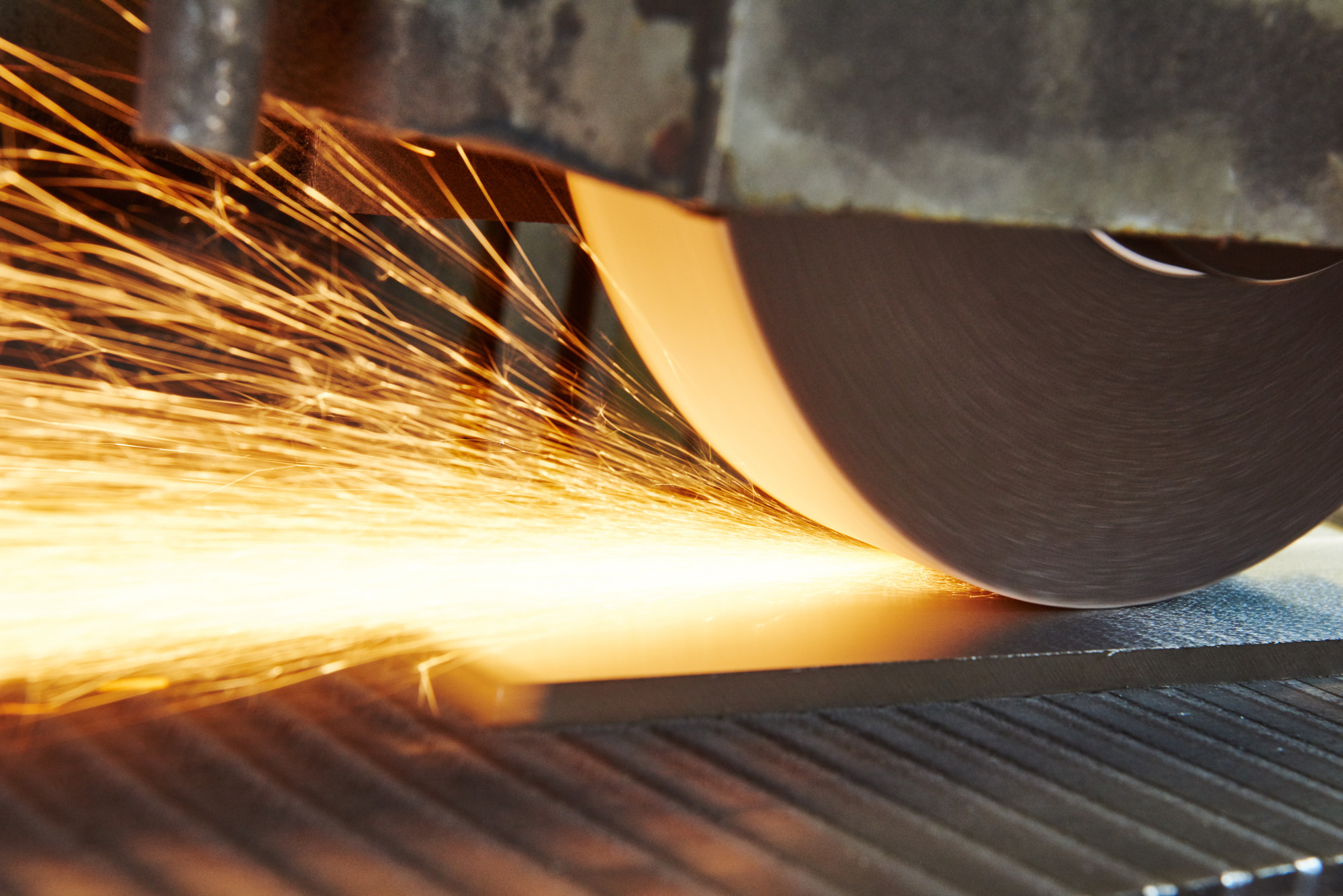
Space and aerospace industries were among the first to utilize the profound abilities of carbon fiber. Over the decades, it has continued to replace other aerospace materials like aluminum and titanium for both structural and design purposes.
Airplane parts like wings, for example, have experienced an increased demand for carbon fiber composites. This is because the use of carbon fiber in aerospace materials can both save money and reduce environmental waste. Read on to learn more.
What Is Carbon Fiber?
With a description capable of filling a book of its own, we’ve synopsized. Carbon fiber is an extremely strong, durable, lightweight luxury material made of carbon atoms. Therefore, arranged in long, crystalline threads, or fibers.
These interlocking fibers make it five times stronger than steel and lighter than aluminum. This also makes it a powerful contender in the market for aerospace materials. Carbon fiber products in the aerospace industry take a variety of forms.
Aerospace Materials Made of Carbon Fiber
The weight savings alone of using carbon fiber instead of other aerospace materials provide a huge boon to the industry. It can also be molded along with epoxy into almost any shape you can think of, including those that are out of other metals’ range. Here’s a shortlist of the many places you can find it.
Airplanes
Utilized nearly everywhere in aircraft, carbon fiber’s most notable position is among planes, such as the Boeing 787 Dreamliner and Airbus A350 XWB. There are many reasons for the shift to carbon fiber composite materials.
Increased fuel efficiency, improved aerodynamic performance, reduced number of parts needed, and resistance to extreme heat all top the list. It’s hard to argue with those benefits.
With an incredible strength-to-weight ratio, stretch resistance, and flexibility, carbon fiber is an ideal material for both the wings and tail of aircraft. It also neither corrodes nor fatigues like other metal aerospace materials. This reduces necessary maintenance.
Helicopters
Where weight is even more of a concern, carbon fiber lightens the load. It can replace certain metal helicopter parts like rotator blades and the tail. Its also used to construct doors, instrument enclosures, seats, and other interior components.
Although smaller parts, the weight difference can add up when heavy metals are replaced with something so much lighter. Carbon fiber’s resistance to both corrosion and fatigue also means that any instrument enclosures made from it will lead longer, damage-free lives. This saves money and time.
Spacecraft
With super heat resistance and low thermal expansion, it’s no surprise that carbon fiber would find its way into space. Many spacecraft, like the Orion, have used it for things like heat shields and rocket motor nozzles.
Carbon fiber composites are also used to reinforce pressure vessels used for fuel storage and solid rocket motors. Spacecraft have to withstand extremely high temperatures upon exit and re-entry of the earth’s atmosphere. For this reason, carbon fiber provides huge support to both internal and external parts.
Carbon Fiber In Aerospace: The Future
The demand for carbon fiber composites is increasing. Despite being utilized for decades, the luxury material remains king among other aerospace materials.
Interested in learning more about carbon fiber in aerospace? Look no further. At SMI we can offer you extensive guidance on composite materials for your business. Contact us today!
